In today's tech-savvy world, USB ports have become an integral part of our daily lives, connecting a myriad of devices to our computers, phones, and other gadgets. However, have you ever found yourself staring at those tiny symbols etched onto USB ports, feeling utterly clueless about what they mean? Fear not, for this comprehensive guide will unlock the mysteries of USB port symbols, logos, and icons, empowering you to navigate the realm of USB cable connectivity like a pro.
Table of content
Introduction
Imagine this scenario: you've just treated yourself to a shiny new external hard drive, but upon connecting it to your laptop, you're greeted with a sluggish data transfer rate that leaves you tapping your fingers impatiently. Or perhaps you've invested in a cutting-edge smartphone, only to discover that it charges at a snail's pace. These frustrating situations could have been easily avoided with a basic understanding of USB port symbols.
In this article, we'll embark on a visual journey through the world of USB ports, decoding the symbols that adorn them and unveiling their hidden meanings. By the end, you'll be able to confidently identify the capabilities of any USB port, ensuring you make informed decisions when purchasing accessories and maximizing the performance of your devices.
Visual Guide - Identifying USB Symbols
Let's kick off our exploration with a visual feast, shall we? Feast your eyes on the following table, which showcases the various USB port symbols you might encounter:
|
Symbol |
USB Version |
Port Type |
Data Transfer Rate |
Power Delivery |
 |
USB 2.0 |
Type A/B |
480 Mbps |
5V, 500mA |
 |
USB 3.0 |
Type A/B |
5 Gbps |
5V, 900mA |
 |
USB 3.1 Gen 1 |
Type C |
5 Gbps |
5V, 3A |
 |
USB 3.1 Gen 2 |
Type C |
10 Gbps |
5V, 3A |
 |
USB4 |
Type C |
40 Gbps |
5V, 3A / 20V, 5A |
As you can see, the USB port symbols have evolved over time, reflecting the advancements in data transfer speeds and power delivery capabilities. From the humble beginnings of USB 2.0 to the cutting-edge USB4, each symbol holds vital clues about the port's potential.
But that's not all! USB ports also come in different shapes and sizes, each tailored to specific needs. Let's take a closer look at the most common port types:
Type-A: The classic rectangular shape that we've all come to recognize. This port is found on virtually every computer and serves as the go-to connection point for a wide range of peripherals.
Type-B: Often seen on printers, scanners, and other bulky devices, Type-B ports feature a square shape with a subtle trapezoidal indent, making them easy to identify.
Type-C: The newcomer to the USB family, Type-C ports are distinguished by their slim, reversible design, eliminating the age-old struggle of trying to insert a cable the right way. Their symmetrical shape is a true game-changer in the world of connectivity.
Now, let's delve a little deeper into the symbolism behind these port markings. Have you ever noticed the "SS" emblem adorning certain USB ports? This symbol stands for "SuperSpeed," indicating that the port supports the lightning-fast data transfer rates of USB 3.0 and beyond.
Practical Guide - Understanding USB Symbol Meanings
With the visual guide under our belts, it's time to unravel the practical implications of these symbols. After all, knowledge is power, and in the realm of USB connectivity, understanding what these symbols represent can mean the difference between a seamless experience and a frustrating one.
Now, imagine you're attempting to transfer a massive video file from an external hard drive to your computer. If the drive is connected to a USB 2.0 port, you'll be in for a painfully slow experience. However, if you connect it to a USB 3.1 or USB4 port, the transfer will be lightning-fast, saving you precious time and frustration.
But data transfer rates aren't the only factor to consider. USB port symbols also provide insight into power delivery capabilities, which are crucial for charging devices or powering high-demand peripherals like external hard drives.
The higher the USB version, the more power it can deliver. This knowledge is particularly useful when it comes to charging devices or powering external peripherals. For instance, if you're struggling with slow charging times for your smartphone, connecting it to a USB 3.1 or USB4 port could significantly speed up the process.
But wait, there's more! USB symbols can also reveal whether a port supports certain features like video output or DisplayPort functionality. For example, some USB-C ports may be marked with a "DisplayPort" or "DP" symbol, indicating that they can be used to connect an external display or projector.
With this wealth of knowledge at your fingertips, you'll be better equipped to make informed decisions when choosing accessories or troubleshooting connectivity issues. Remember, the right USB port can mean the difference between a smooth, seamless experience and a frustrating one.
Case Studies - Everyday Applications of USB Symbols
Now that we've covered the theoretical aspects of USB port symbols, let's dive into some real-world scenarios where this knowledge can prove invaluable:
Scenario 1: The Sluggish External Hard Drive
Imagine you've just purchased a brand-new external hard drive to back up your precious data. You excitedly connect it to your computer, only to be met with painfully slow transfer speeds. Frustrated, you consult the USB port symbols and realize that you've connected the drive to a USB 2.0 port (indicated by the corresponding symbol). Aha! No wonder the transfer is crawling.
With your newfound knowledge, you locate a USB 3.1 port on your computer (marked with the appropriate symbol) and switch the connection. Voilà! The data transfer speeds skyrocket, and you can now back up your files in a fraction of the time.
Scenario 2: The Smartphone Charging Conundrum (continued)
You've just treated yourself to the latest smartphone, complete with cutting-edge features and a sleek design. However, you quickly notice that the charging process seems to be taking an eternity. After some investigation, you discover that you've been charging your phone using a USB 2.0 port (recognized by the symbol), which only supports a maximum power delivery of 500mA.
Armed with your newfound USB symbol knowledge, you locate a USB 3.1 port (marked with the corresponding symbol) on your computer or charger, capable of delivering up to 3A of power. Once you switch the connection, your smartphone charges at lightning speed, ensuring you're never caught with a drained battery again.
Scenario 3: The Video Output Dilemma
You're preparing for an important presentation at work, and you need to connect your laptop to a projector or external display. However, after fiddling with the cables and ports, you can't seem to get the video output working correctly.
That's when you remember the USB symbol guide. You take a closer look at the USB-C port on your laptop and notice a small "DP" or "DisplayPort" symbol, indicating that it supports video output capabilities. With a few tweaks to the settings and the correct cable, you can now easily connect your laptop to the projector, ensuring a seamless and professional presentation.
These real-world examples demonstrate the practical applications of understanding USB port symbols. By recognizing these tiny yet significant markings, you can optimize your device's performance, troubleshoot connectivity issues, and make informed decisions when purchasing accessories.
Design Perspective - The Logic Behind USB Symbols
Behind every well-designed symbol lies a carefully crafted logic that combines functionality, aesthetics, and user experience. USB port symbols are no exception, as they have been thoughtfully designed to convey important information in a clear and concise manner.
Let's start by exploring the visual design principles that underpin these symbols:
Simplicity: USB port symbols are intentionally kept simple, with minimal elements and clean lines. This simplicity ensures that the symbols are easily recognizable and can be quickly interpreted, even at a glance.
Consistency: Throughout the evolution of USB standards, there has been a deliberate effort to maintain a consistent visual language. This consistency allows users to build familiarity and associate specific symbols with their corresponding capabilities.
Intuitiveness: The designers of USB port symbols have aimed to create intuitive representations of the port's functionality. For example, the "SS" symbol for SuperSpeed is a clever play on the initials, while the trapezoidal indent on Type-B ports makes them easily distinguishable from their Type-A counterparts.
But the design logic goes beyond mere aesthetics. USB port symbols are also carefully crafted to serve as effective user interface (UI) and user experience (UX) elements, helping users navigate the intricate world of cable connectivity with ease.
For instance, the use of distinct symbols for different USB versions allows users to quickly identify the capabilities of a port without having to decipher complex technical specifications. This simple visual cue can guide users in making informed decisions, such as selecting the appropriate cable or accessory for their needs.
Furthermore, the placement of these symbols on devices and ports is carefully considered to ensure maximum visibility and accessibility. They are often positioned in prominent locations, making it easy for users to locate and interpret them, even in dimly lit or crowded environments.
As technology continues to evolve, the design of USB port symbols will likely adapt to meet the changing needs of users. One potential future trend could be the incorporation of dynamic or interactive symbols that provide real-time information about port status, data transfer rates, or power delivery capabilities.
Imagine a USB port symbol that changes color or displays animated graphics to indicate when it's actively transferring data or charging a device. Such dynamic symbols could greatly enhance the user experience by providing immediate visual feedback and reducing the need for guesswork or manual monitoring.
Regardless of the future developments, the fundamental principles of simplicity, consistency, and intuitiveness will likely remain at the core of USB port symbol design, ensuring that these tiny visual cues continue to play a vital role in our connected lives.
Conclusion
Throughout this comprehensive guide, we've explored the intricate world of USB port symbols, logos, and icons, uncovering their hidden meanings and practical applications. From decoding data transfer rates to optimizing power delivery, understanding these symbols can be a game-changer in enhancing your device's performance and ensuring a seamless connectivity experience.
By now, you should be well-equipped to navigate the vast array of USB ports with confidence, making informed decisions when choosing accessories or troubleshooting connectivity issues. Whether you're a tech enthusiast, a professional, or simply someone who values efficient and hassle-free device usage, mastering the art of USB port symbol interpretation is an invaluable skill.
Remember, the key to unlocking the true potential of your devices lies in understanding the subtle nuances of these tiny visual cues. So, the next time you encounter a USB port, take a moment to examine the symbols adorning it, and let your newfound knowledge guide you towards optimal connectivity.
Embrace the power of USB port symbols, and you'll be well on your way to becoming a cable connectivity connoisseur, effortlessly navigating the ever-evolving landscape of technology with ease and confidence.
People Also Ask
What is the USB symbol with a lightning bolt?
The USB symbol with a lightning bolt typically indicates a USB port that supports fast charging. This symbol is commonly found on ports that can deliver higher power output for charging devices quickly.
How to check USB speed?
To check the speed of a USB port, you can use software tools like USBDeview or USBlyzer on Windows, or System Information on macOS. These tools can provide detailed information about the USB ports on your system, including their speed capabilities.
How do I check my USB port bandwidth?
You can check the bandwidth of your USB port by looking at its specifications. USB ports are categorized by their version (e.g., USB 2.0, USB 3.0, USB 3.1, USB 3.2) which determines their maximum data transfer rates. You can also check the device manager on your computer to see the type of USB ports available.
How do I test my USB ports?
To test your USB ports, you can use various methods such as connecting different USB devices to see if they are recognized and function properly. You can also use diagnostic tools like USBDeview or USBlyzer to check the performance and status of your USB ports. Additionally, running speed tests with USB flash drives or external hard drives can help assess the functionality of your USB ports.s

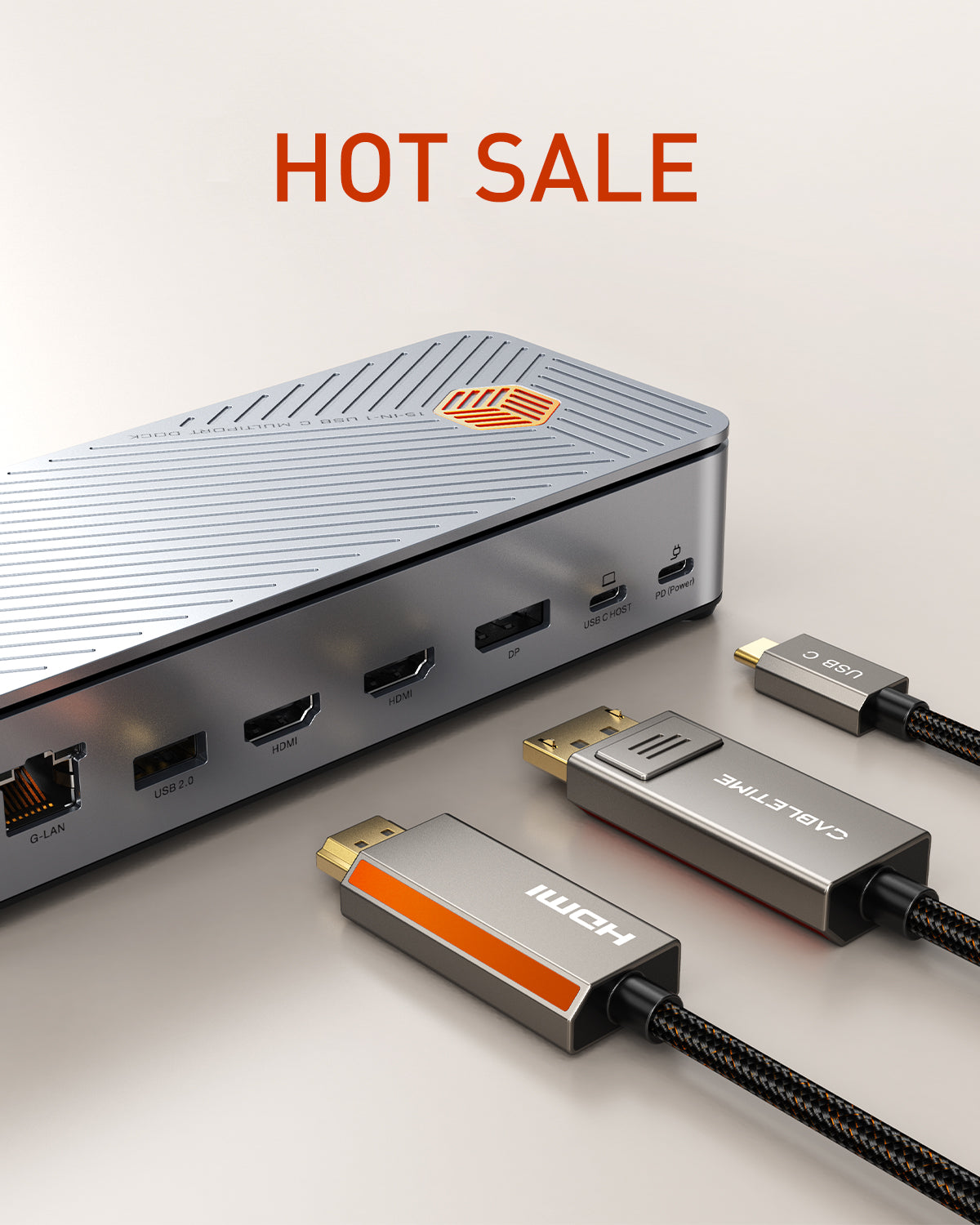
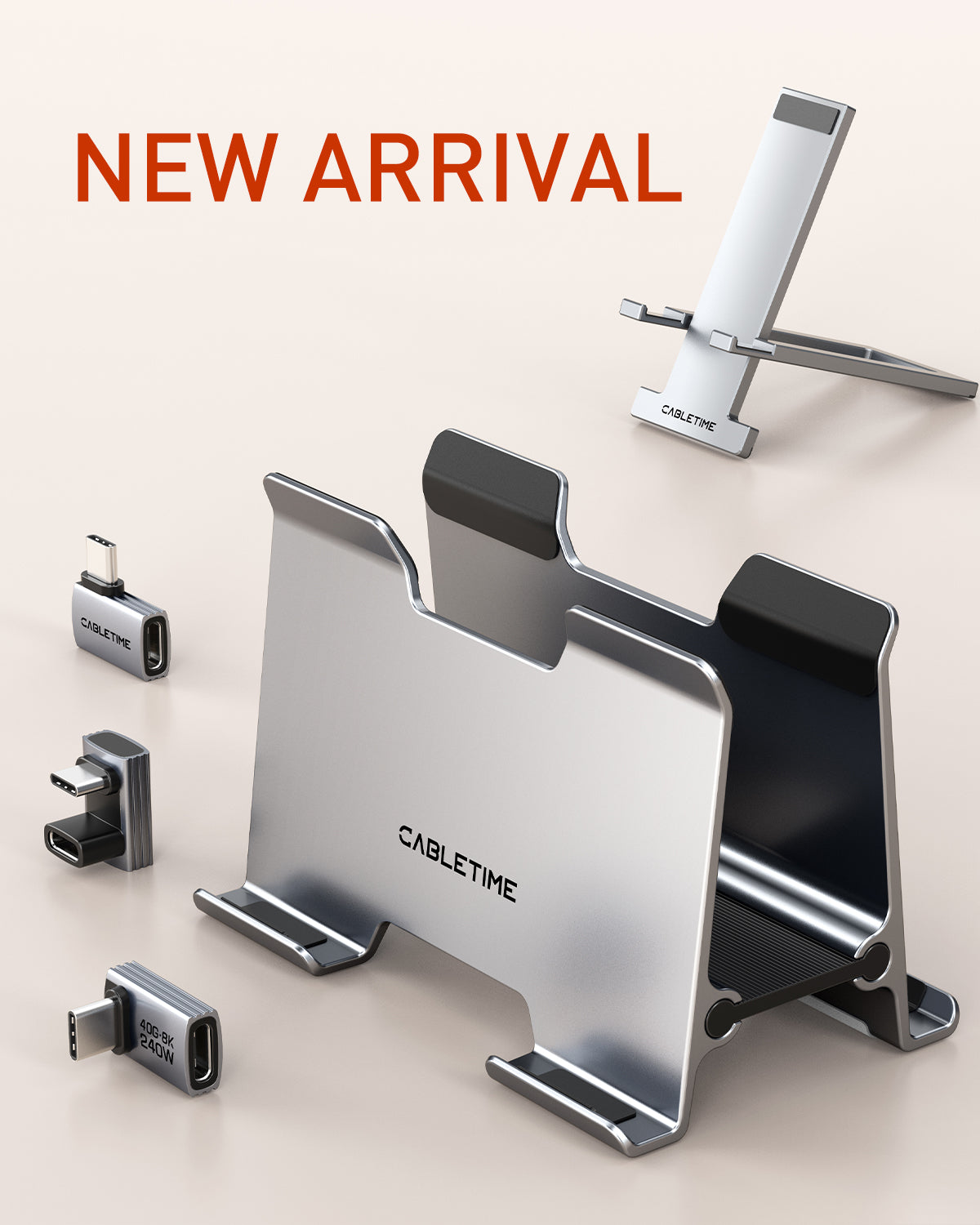
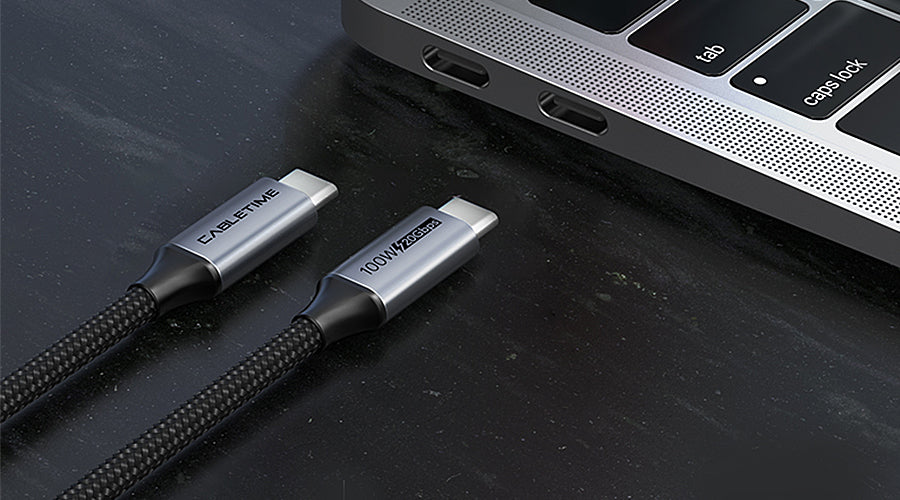
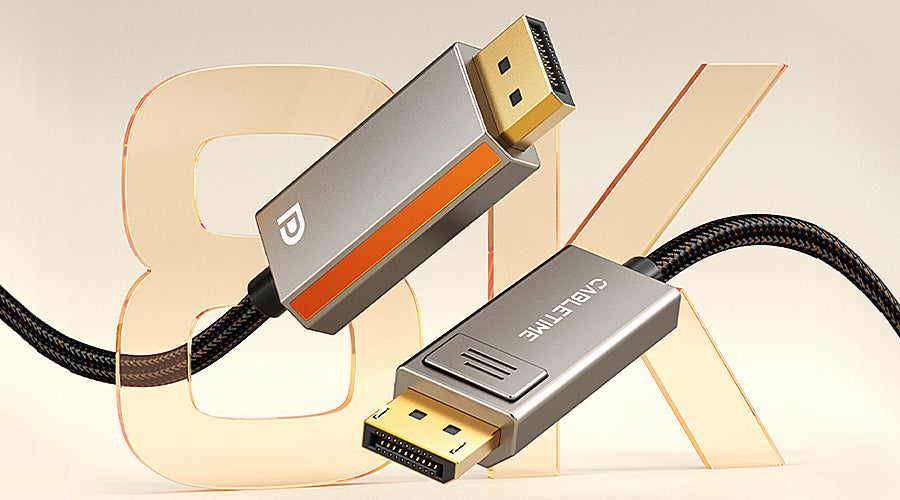
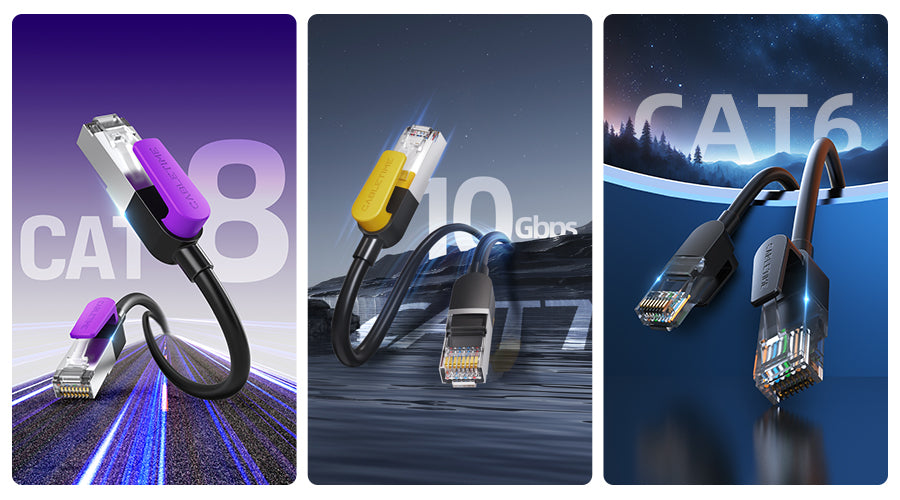
4 comments
Евгений
Профессиональная информация. Спасибо автору.
LEEANN ZOOK
very helpful and easy to navigate. thank you for the info!
Monika Birkholz
Die Beschreibung der unterschiedlichen Kabel hat mir sehr geholfen. Ich brauchte ein Kabel zur schnellen Übertragung von Daten vom Smart-Phone aufs Handy bzw. Auto (Navi) gefragt, es war gerade kein geschulter Verkäufer da.
Die Bescheibungen auf den Packungen waren verwirrend!
user
useless
Leave a comment
This site is protected by hCaptcha and the hCaptcha Privacy Policy and Terms of Service apply.